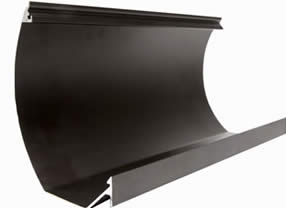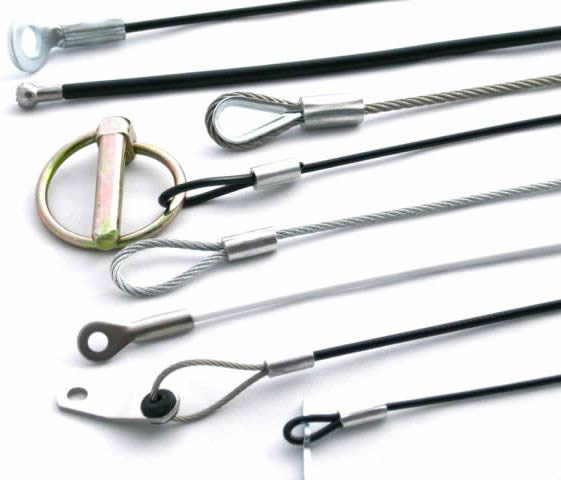Titanium alloys
Titanium alloys are metals which contain a mixture of titanium and other chemical elements. Such alloys have very high tensile strength and toughness (even at extreme temperatures). They are light in weight, have extraordinary corrosion resistance and the ability to withstand extreme temperatures.
Titanium and titanium alloys are attractive structural materials due to their high strength, low density, and excellent corrosion resistance. However, even though titanium is the fourth most abundant element in the Earth’s crust, the cost of titanium is high due to its high melting point and extreme reactivity. The high cost includes both the mill operations (extraction, ingot melting, and primary working) as well as many of the secondary operations conducted by the user.
The high strength-to-weight ratio of titanium alloys allows them to replace steel in many applications requiring high strength and fracture toughness. With a density of 4.5 g/cm3 (0.16 lb/in.3), titanium alloys are only about ½ as heavy as steel and nickel-base superalloys, yielding excellent strength-to-weight ratios. Titanium alloys have much better fatigue strength than the other lightweight alloys, such as those of aluminum and magnesium. Titanium alloys can operate at elevated temperatures, as high as 370 to 590 °C (700 to 1100 °F) depending on the specific alloy. The corrosion resistance of titanium alloys is superior to both steel and aluminum alloys.
Titanium Alloys
Generally, alpha-phase titanium is stronger yet less ductile and beta-phase titanium is more ductile. Alpha-beta-phase titanium has a mechanical property which is in between both. Titanium dioxide dissolves in the metal at high temperatures, and its formation is very energetic. These two factors mean that all titanium except the most carefully purified has a significant amount of dissolved oxygen, and so may be considered a Ti-O alloy. Oxide precipitates offer some strength (as discussed above), but are not very responsive to heat treatment and can substantially decrease the alloy’s toughness.
As a result of their high strength-to-density, good corrosion resistance, resistance to fatigue and crack growth, and their ability to withstand moderately high temperatures without creep, titanium alloys are used extensively in aerospace for both airframe and engine components. In aircraft, titanium alloys are used for highly loaded structural components such as bulkheads and landing gears. In commercial passenger aircraft engines, the fan, the low-pressure compressor, and approximately ? of the high-pressure compressor are made from titanium alloys.
Other important applications include firewalls, exhaust ducts, hydraulic tubing, and armor plating. Due to its high cost, titanium alloys are more widely used in military aircraft than commercial aircraft. For example, titanium alloys comprise approximately 42% of the structural weight of the new F-22 fighter aircraft, while the Boeing 757 contains only 5% Ti.
A growing use of titanium is in medical applications. Titanium is biocompatible with the human body (nontoxic and not rejected by the body). It is used for surgical implements and implants such as hip balls and sockets and heart valves. The lower elastic modulus of titanium more closely matches the properties of human bone than do stainless steel alloys, which results in less bone degradation over long periods of time. Titanium is also used for dental implants to replace missing teeth.
Titanium is used in many sporting goods, including golf club heads, tennis rackets, bicycle frames, skis, scuba gas cylinders, and lacrosse sticks. Approximately 95% of titanium ore is refined into titanium dioxide (TiO2) and used as white fade-resistant pigment in paints, paper, toothpaste, and plastics.
 Alloy Suppliers
Alloy Suppliers
 Aluminum
Aluminum
 Aluminum Extrusions
Aluminum Extrusions
 Copper-Brass-Bronze
Copper-Brass-Bronze
 Nickel
Nickel
 Magnets
Magnets
 Stainless Steel
Stainless Steel
 Stainless Steel Tubing
Stainless Steel Tubing
 Steel Service Centers
Steel Service Centers
 Titanium
Titanium
 Tungsten
Tungsten
 Wire Rope
Wire Rope